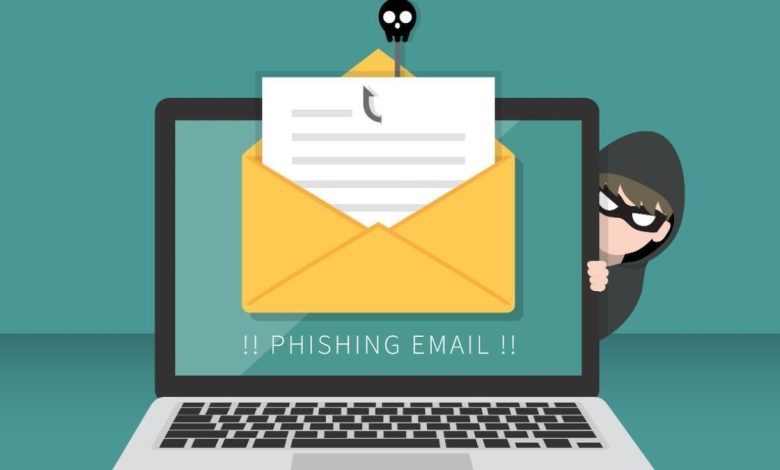Protect yourself from Amazon phishing attacks with this checklist!

Phishing emails are a common way for cybercriminals to try and steal your personal information. And because Amazon is such a popular site, it’s a prime target for phishers.
There are several things you can do to protect yourself from Amazon phishing attacks:
Never click on links in emails, especially if they seem to be from Amazon. Instead, type the Amazon URL into your browser address bar.
Don’t enter your login credentials or other personal information into any website that you don’t trust. Amazon will never ask you to provide this information in an email.
Be alert for fake websites that look like Amazon but aren’t actually affiliated with the company. These sites may try to trick you into entering your login credentials or other personal information.
Check the URL:
When you’re shopping online, it’s important to make sure you’re always visiting the correct website. One way to do this is by checking the URL. The website address should always start with “https://” and include the “www.” prefix. If it doesn’t, then you could be on a scam website that’s designed to steal your personal information.
Another way to tell if a website is legitimate is by looking for the padlock symbol in the address bar. This icon indicates that the site has been encrypted, which means your information is safe when you’re browsing. So before you enter any personal details or credit card information, be sure to check the URL and look for the padlock symbol.
Avoid clicking on links:
Amazon is warning customers about a new phishing email scam that tricks people into clicking on a fake link. The email looks like it’s from Amazon, but it’s not. The link takes you to a website that looks like Amazon, but it’s not. The goal of the scam is to steal your personal information, like your name, address, and credit card number.
To protect yourself, only click on links that you’re sure are from Amazon. Don’t click on any links in an email or text message unless you’re sure it’s from Amazon. If you’re not sure, go to amazon.com directly and sign in. Don’t enter your personal information on any website that you don’t trust.
Use two-factor authentication:
Two-factor authentication is a security feature that asks for more than just a username and password to log in to an account. In addition to your regular login information, two-factor authentication requires you to input a code or other piece of information that only you should know. This code can be sent to you as a text message, generated by an app, or delivered through some other means.
Two-factor authentication is a great way to add an extra layer of security to your online accounts, especially if you use the same username and password for multiple sites. It can help protect you from phishing attacks, in which someone tries to steal your login information by sending you a fake email or message.
If you have two-factor authentication enabled on your account, it’s much more difficult for someone to gain access if they manage to get your login information.
Review your purchase history:
When you’re shopping on Amazon, it’s important to make sure that you’re only buying items from trusted sellers. This is because there are a lot of Amazon phishing emails going around, and if you’re not careful, you may end up getting scammed.
These phishing emails usually look very realistic, and they can be tricky to spot. However, there are a few things you can look for to help you identify them.
For example, phishing emails will often ask for personal information like your password or credit card number. They may also try to lure you into clicking on links that will take you to a fake Amazon website.
If you’re not sure whether an email is legit or not, it’s always best to contact Amazon customer service directly.
Keep your software up to date:
It’s important to keep your software up to date, especially your web browser. Out-of-date software can leave you vulnerable to attacks, like the recent amazon phishing emails.
These emails are designed to look like they’re from Amazon, but they’re not. They’re actually from scammers, and if you fall for them, you could end up giving away your personal information or even losing money.
To avoid these scams, make sure you install updates for your web browser and other software as soon as they’re available. This way, you’ll have the latest security patches and be less likely to fall for a scam.
Read More : Advantages & Possibilities of Amazon Brand Store





